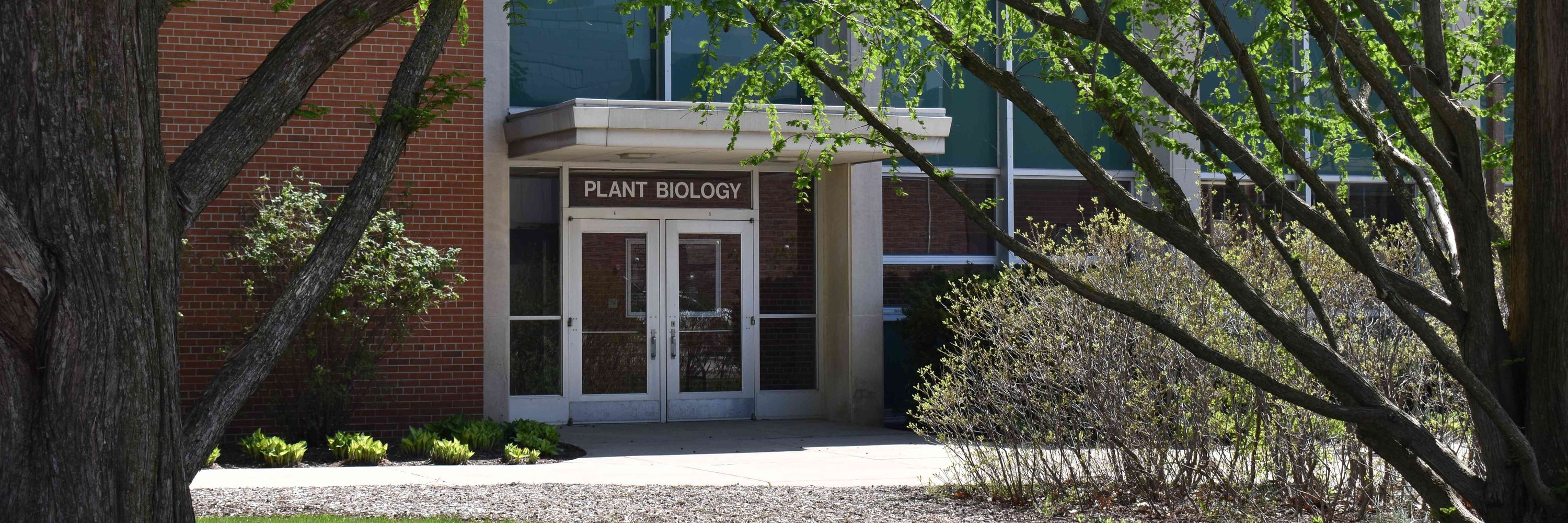MSU-DOE Plant Research Laboratory
@msudoeplantlab.bsky.social
99 followers
31 following
82 posts
Research institute at Michigan State University funded by the DOE Office of Science.
Plant science driving innovation.
prl.natsci.msu.edu
Posts
Media
Videos
Starter Packs
Reposted by MSU-DOE Plant Research Laboratory
Reposted by MSU-DOE Plant Research Laboratory
Reposted by MSU-DOE Plant Research Laboratory


































